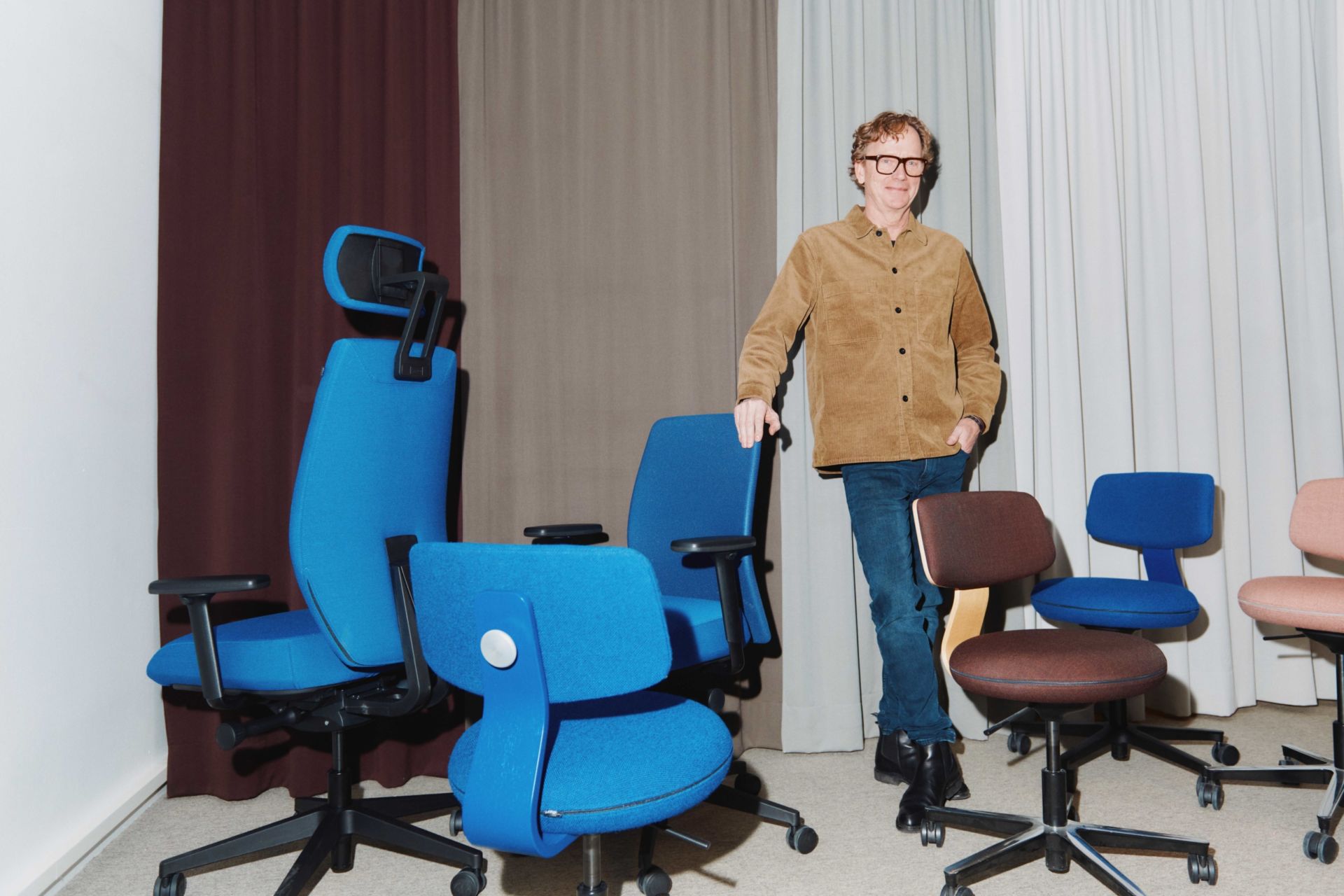Story
Savo Sitdowns: From trains to task chairs with Olle Lundberg
A one-on-one with visionary industrial designer Olle Lundberg.
A one-on-one with visionary industrial designer Olle Lundberg.
Savo Sitdowns is a new interview series dedicated to exploring collaborations in the world of ergonomics, design, and workspace seating. Through this platform, we’re bringing together industry leaders from various fields to delve into the minutiae of modern office seating. Each conversation provides valuable insights into the future of seating solutions and their impact on well-being and productivity.
As Savo’s long-time collaborator and friend, it felt only natural to start the series by sitting down with lauded industrial designer Olle Lundberg. The visionary founder of LundbergDesign, a Stockholm-based studio known for its timeless and forward-thinking approach to industrial and product design, Olle is highly regarded for his expertise in ergonomics and human-centric solutions.
Over the course of his 35 year career, Olle has pioneered future-forward, user-centred design innovations across various industries and played a pivotal role in designing several of Savo’s key products, including the Savo 360 and Savo Soul chairs.
In this conversation, Olle and Savo’s CEO Craig Howarth explore the future of office seating, the evolving role of ergonomics in design, and how innovation is central in creating intuitive, sustainable solutions that stand the test of time.
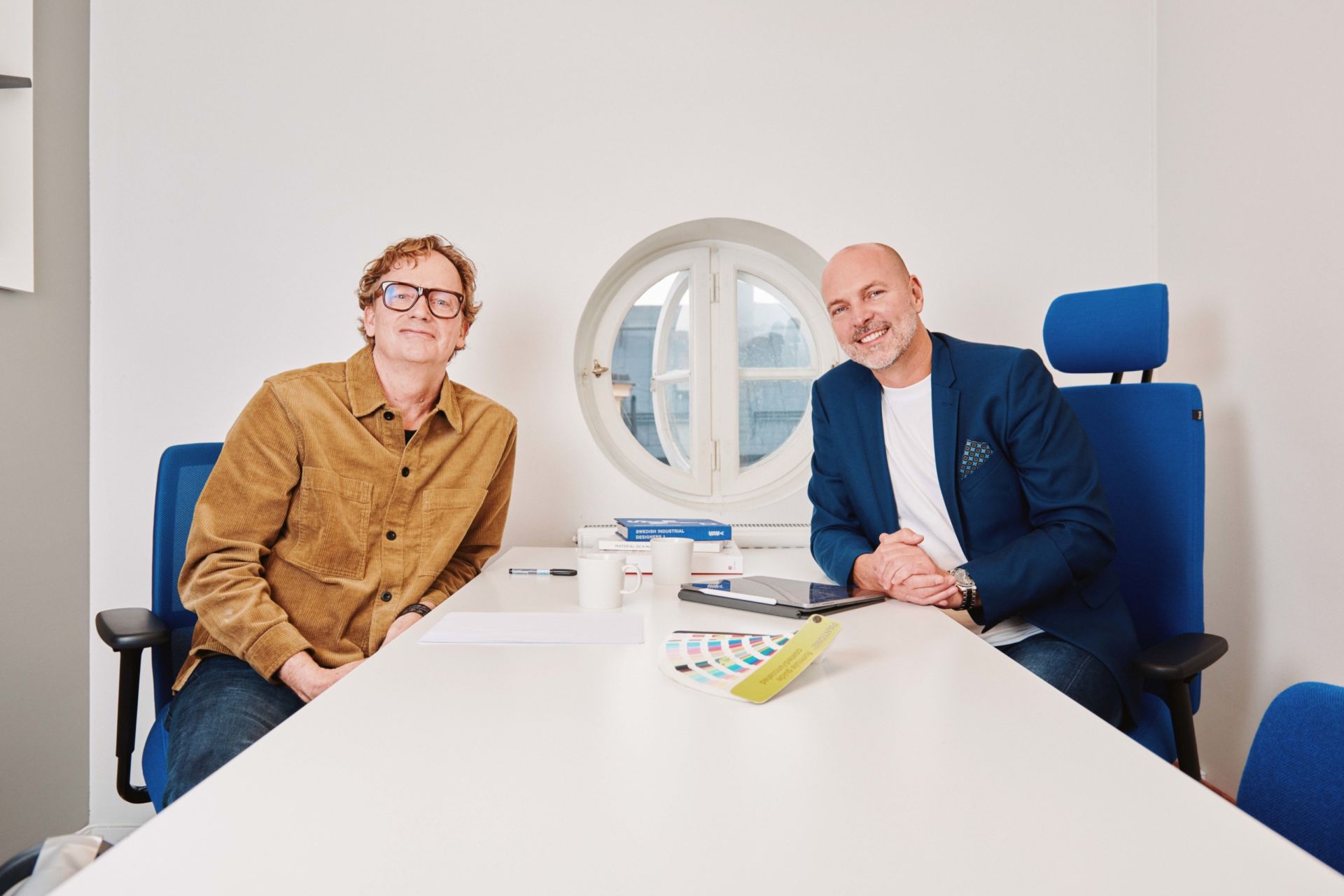
C.H. Olle, thanks for taking part in this first Savo Sitdown. It felt only natural to start with you as a longtime collaborator. Your design expertise spans multiple industries, from office seating to transportation. How has your work designing train compartments influenced your approach to other projects?
O.L. Right now, we’re working on a long-distance train for Norway, as well as a few other projects here in Sweden. You learn a lot about human behaviour – how people interact with products, how to introduce new materials and comply with sustainability regulations. We apply that knowledge to other projects as well.
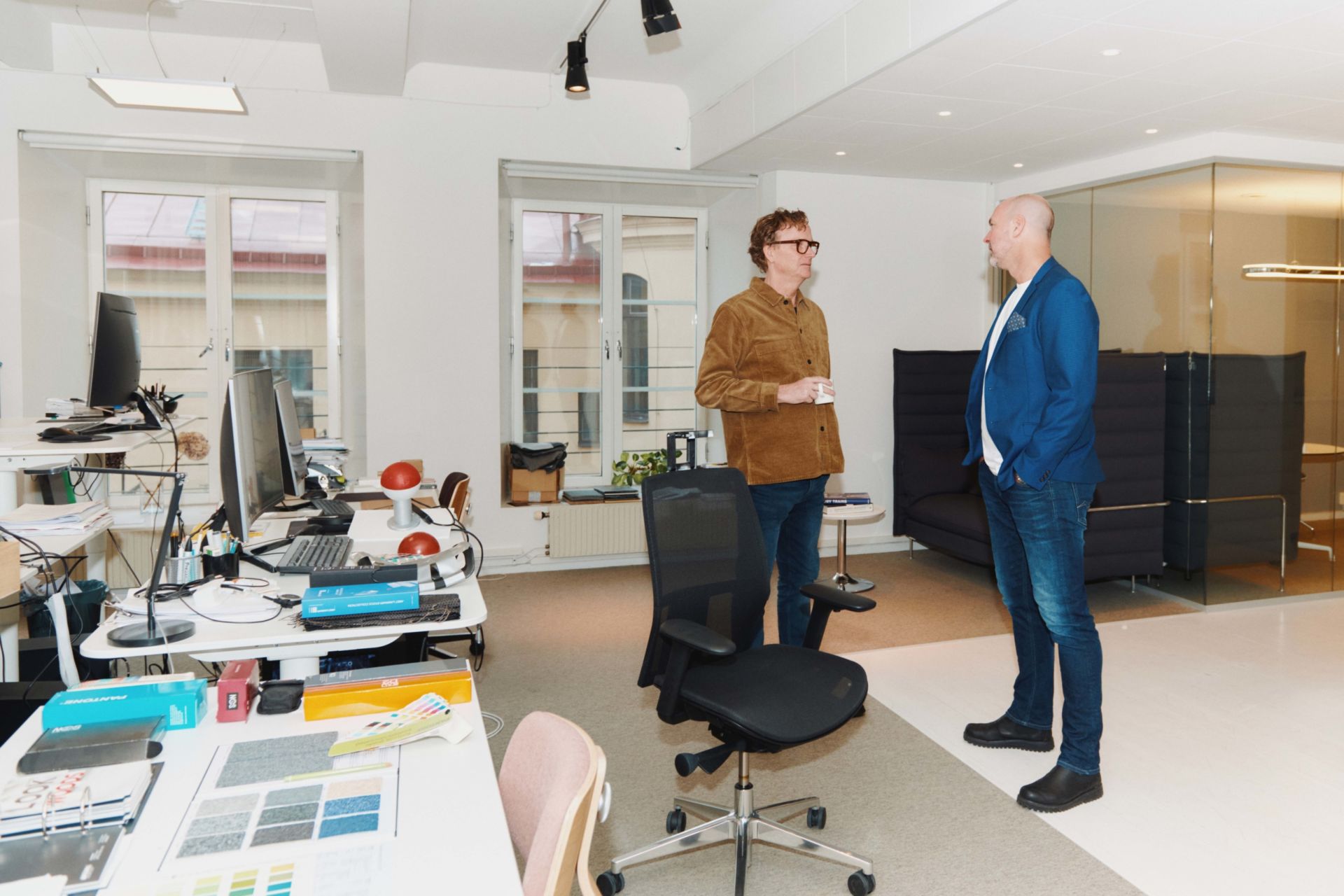
C.H. Speaking of train compartments and human-centric design, I see a connection to the office chairs you’ve designed for Savo. Looking at Savo Soul, it’s hard to believe it’s been on the market for over ten years. The chair is arguably the most personal part of an office space – it’s what your body has the most contact with. Would you say that’s where the transferable design insights from train seating come in?
O.L. Yes, in many ways. While the purpose is different – a train passenger wants a comfortable journey from A to B – the seat remains one of the most critical aspects of their experience.
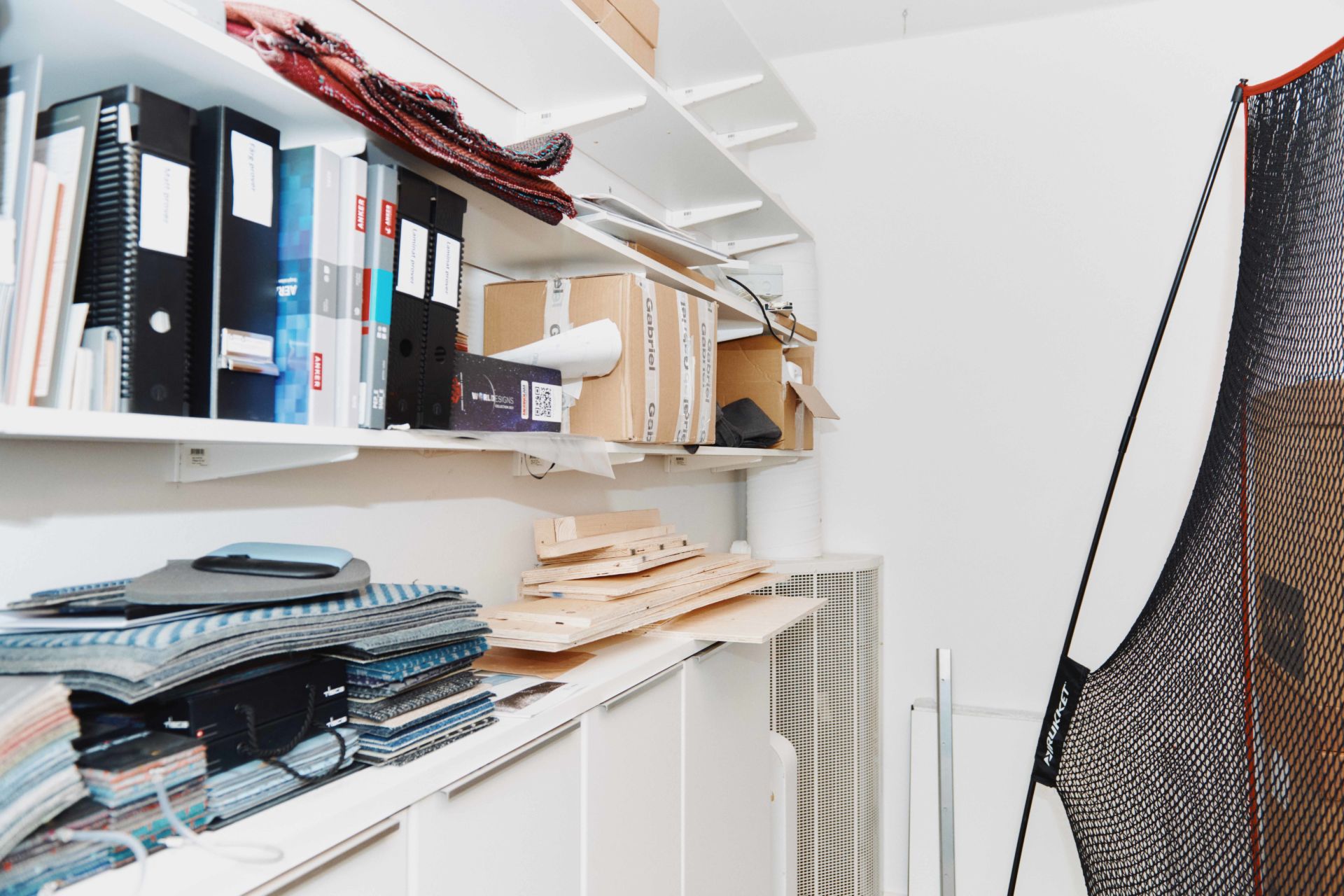
C.H. I remember the design brief for Savo Soul. The idea was to create a chair that met all the demands of a modern office user. How do you approach a new design project?
O.L. I remember the Savo Soul brief well. Your sales team was heavily involved, and we worked closely with architects. Predicting future trends is difficult because people don’t always know what they’ll need in five years. That’s why we do extensive research tailored to each project. The sales team wanted a chair that allowed them to always say, “Yes, we have that,” whether it was a low-back chair, a mesh seat, or a specific type of armrest. The goal was to have a solution for every need.
C.H. So, it wasn’t just about giving the sales team the right tools – it was also about giving users the ability to customise their chair.
O.L. Exactly. The idea was that Savo could always offer the right product, but users could also order the chair that best suited their needs.
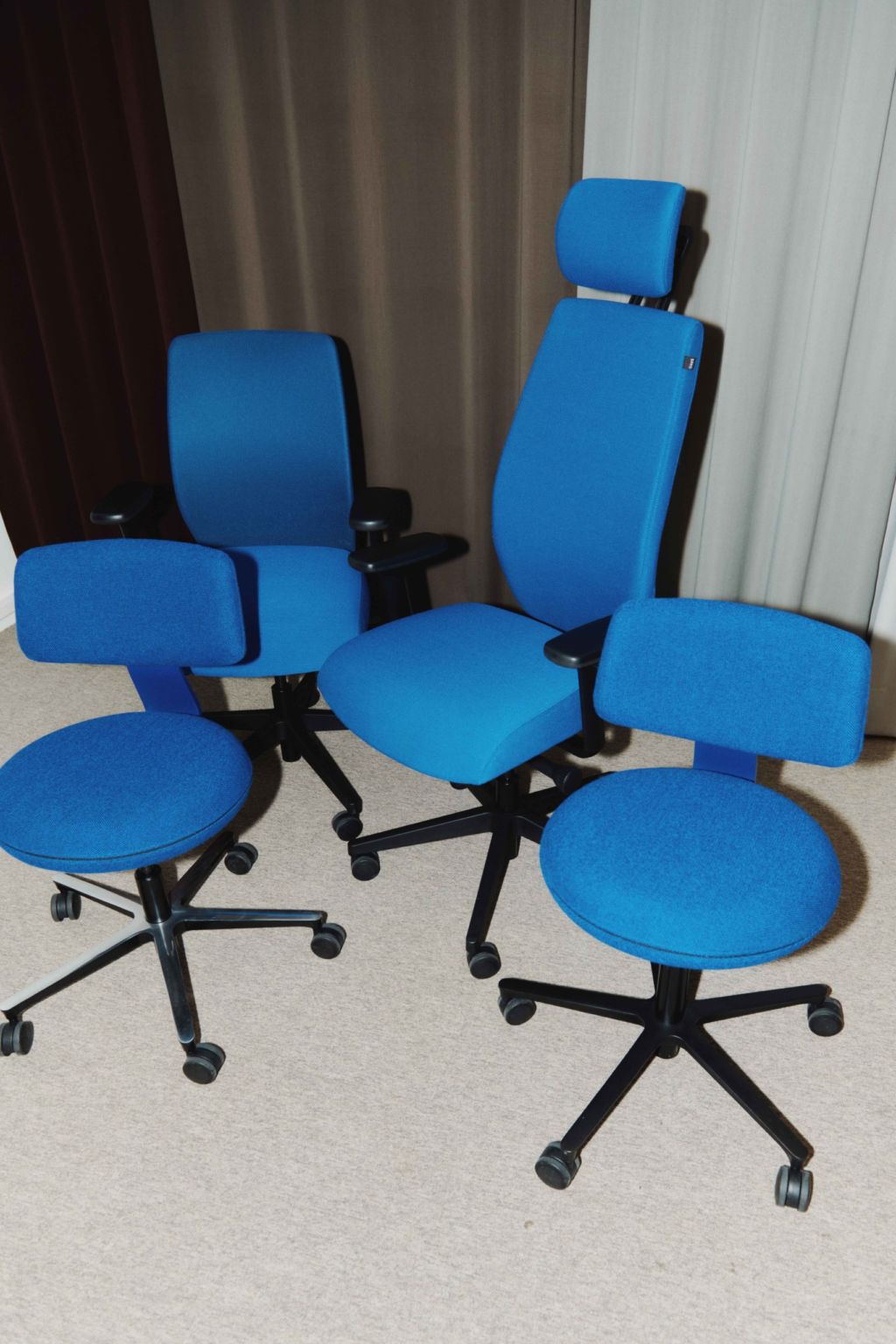
C.H. Savo has always been about innovation and intuition. You’ve touched on the intuitive aspect, but from an innovation standpoint, Savo Soul was one of the first office chair families to feature a mesh back when it launched ten years ago. And now, we’re updating it with a mesh seat. That’s one of your latest projects. How’s that coming along?
O.L. Yes, we wanted to harmonise the mesh seat with the mesh back so that they truly feel like they belong together. At the same time, we’ve explored new, innovative ways of applying mesh.
C.H. The shift from a foam seat to a mesh seat brings clear sustainability advantages. And with the way office environments have changed post-Covid, hygiene and airflow are more important than ever.
O.L. Absolutely. Today, people don’t necessarily use the same chair every day. That makes hygiene a key factor. At the same time, adjustability needs to be simple and intuitive, because most people don’t adjust their chairs as much as they should.
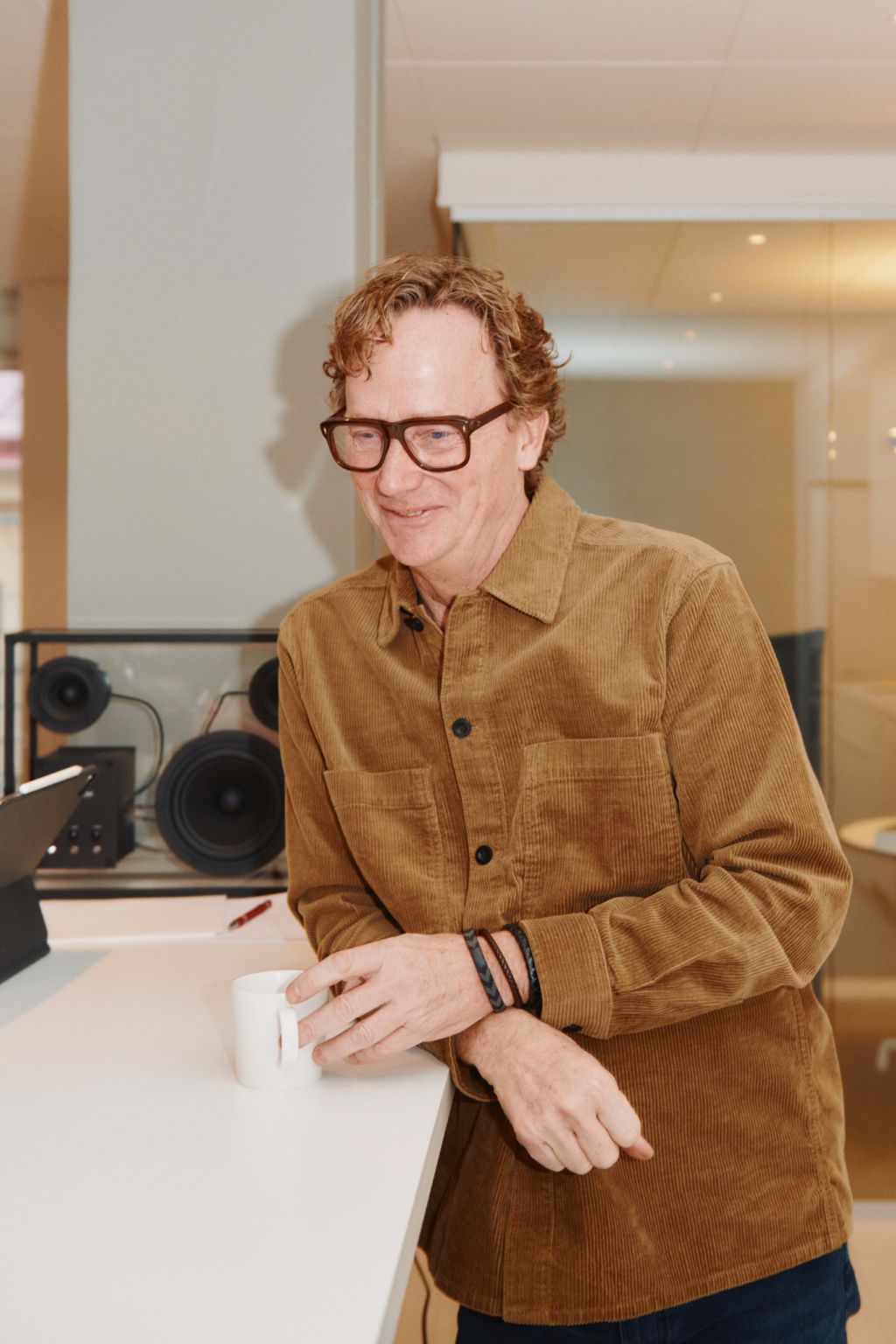
C.H. Let’s talk about our latest product we’ve developed together – the Savo 360 chair. I remember one of the boldest requirements of the brief was to minimise plastic. In the end, we achieved around 3% on a work chair, which is remarkable. I think the most innovative feature of the product is actually the wooden J-bar. Was it a result of the no-plastic requirement?
O.L. We wanted to create a new chair suited for the modern office – where people move more, have more team meetings, and spend less time sitting at a desk doing computer work.
I learned something valuable from working with luminaires: round shapes tend to sell more than square ones because they’re easier to place in different environments. A square shape needs to fit in; a round one just blends in. So in one of our early workshops, I suggested trying a round seat.
While we set out to minimise plastic as much as possible, the last 3-4% is unavoidable – we need it for functionality and production. But then we explored alternatives, which led to the wooden J-bar. The J-bar not only reduced plastic but also gave us opportunities to experiment with different expressions, while still retaining that tactile wood feel.
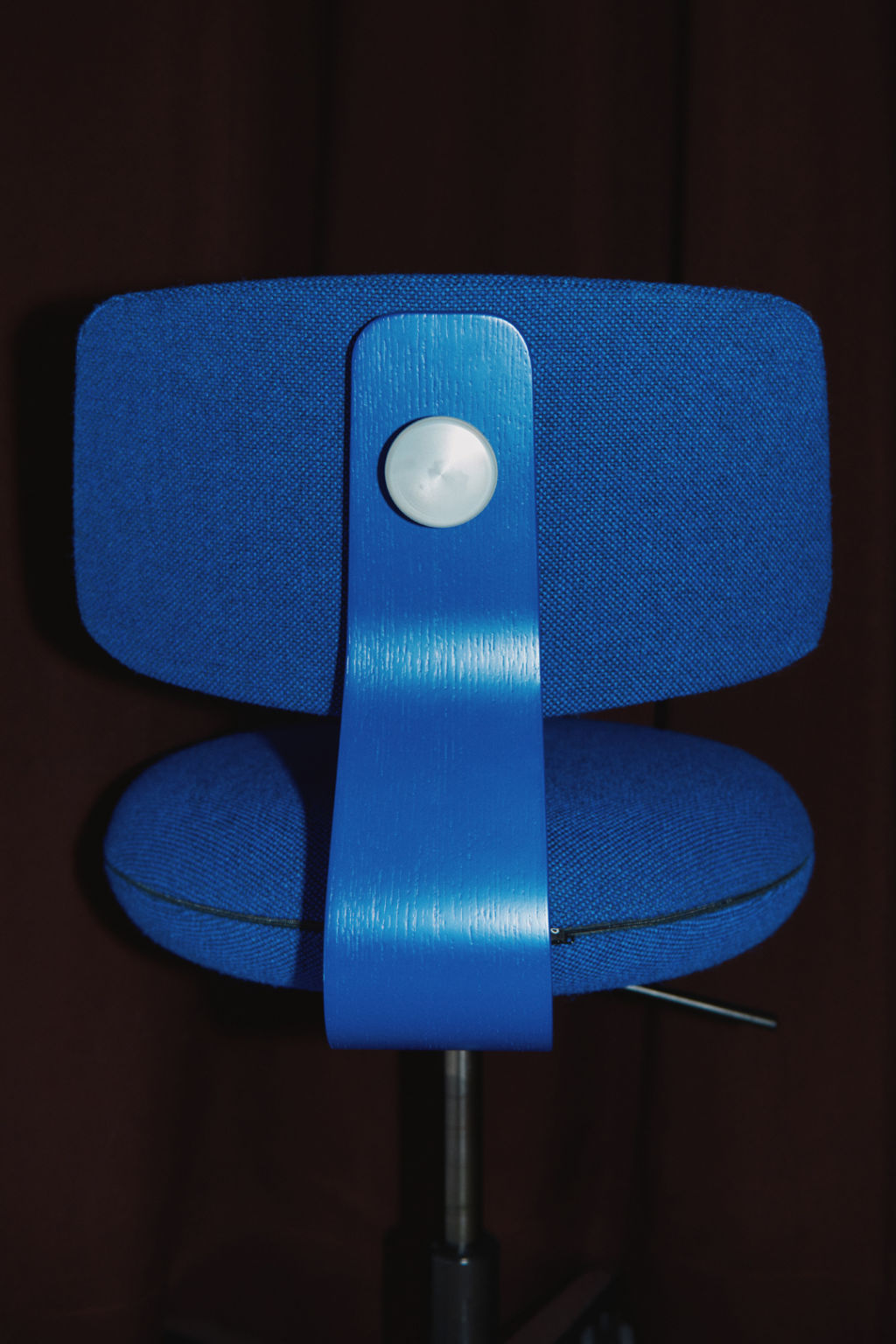
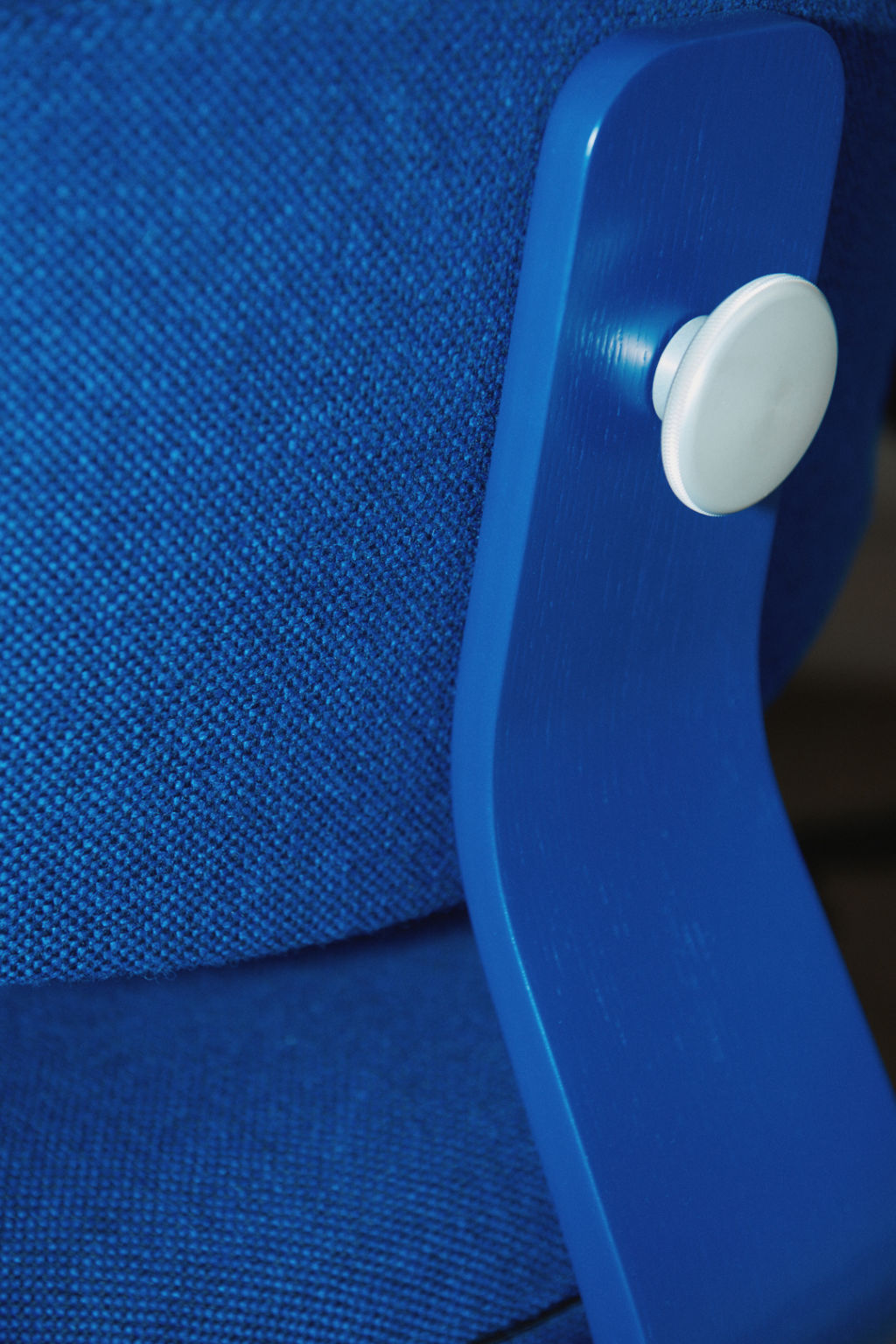
C.H. The timing of this product was also particularly good for us. Not long after we launched, the world saw a massive shift to remote work. Savo 360 is a truly versatile hybrid chair that blends effortlessly into a home environment.
O.L. I remember from our research phase that we conducted interviews asking people if they would want a typical office chair in their homes. The response was often a resounding “no”. That insight shaped our approach. We needed to create a chair that people would accept in a modern home. And I think we achieved that with Savo 360.
C.H. As workspaces continue evolving at such a rapid pace, what’s your perspective on the next generation of work chairs? I remember you once said a work chair should function like a smartphone.
O.L. I still believe that – the chair should intuitively adapt to the user’s body. People no longer have a designated seat; they move around and sit in different environments every day. So I think the demand is shifting towards intuitive seating that fits all users.
C.H. We touched on sustainable materials earlier, and I think Savo has done particularly well in this area on the Soul chair. It’s not just about designing new products with sustainability in mind; it’s also about improving existing ones.
O.L. One of the things I really appreciate about working with Savo is that we don’t just focus on launching new products. You don’t always need to reinvent the wheel. If you have a strong product, you can refine it over time, just like brands do with cars or smartphones. That approach is also a form of sustainability – creating longevity instead of constantly replacing products.
C.H. Absolutely. It’s not just about the materials we use but also about how easy it is to replace components. If you need to change any part of the chair, you don’t have to replace the whole chair.
On that note, it’s been great to visit your studio, see the work in progress, and hear about all the exciting projects you’re working on. Thanks for having us and for your long-term collaboration – we’re looking forward to building on that success together.
O.L. Thank you for coming – it’s been a pleasure.
